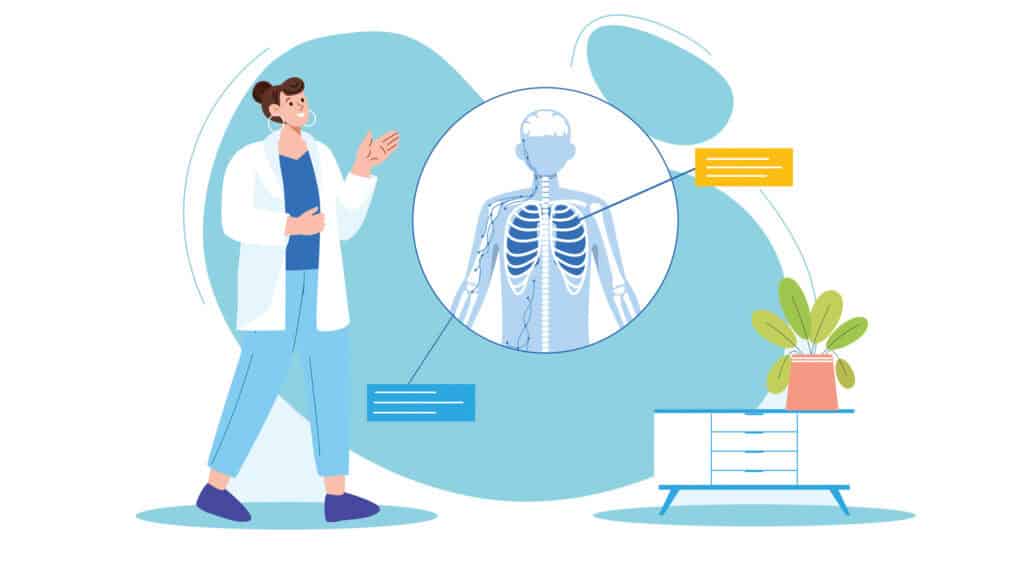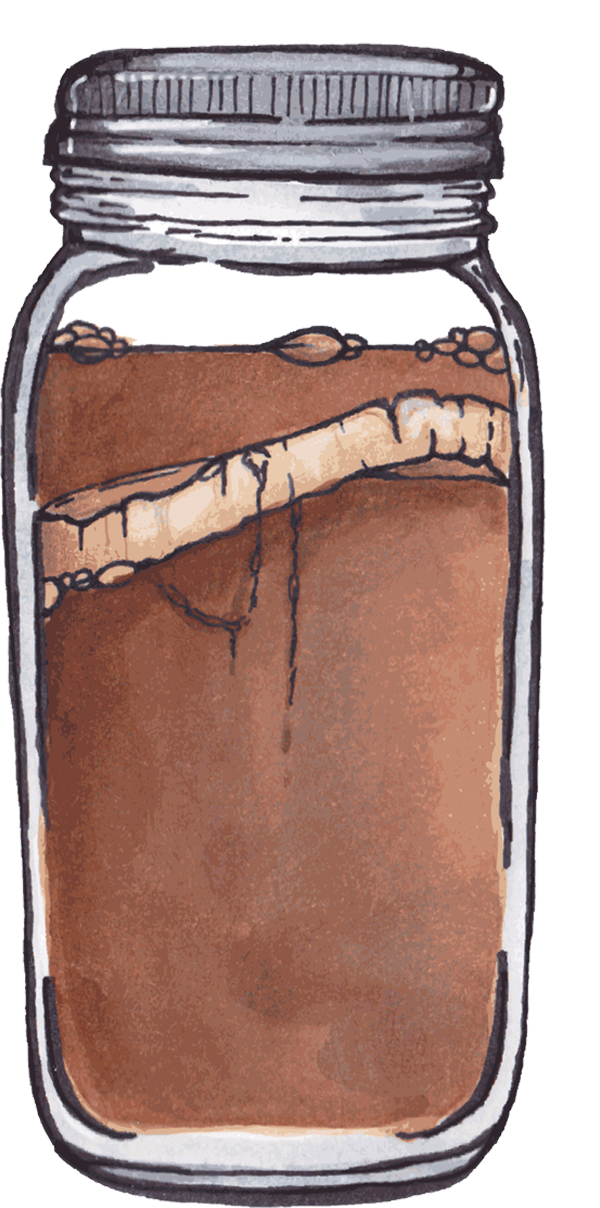
Sarcoma is a group of rare cancers where cancerous cells form in the bones or soft tissues. About 25 percent of bone and joint cancers are diagnosed in indviduals younger than 20 years of, age while soft tissue cancers are more frequently diagnosed in individuals aged 55 years or older.1
The American Cancer Society estimates that roughly 13,520 new cases of soft tissue sarcoma will be diagnosed in 2025, equating to 7,600 cases among male individuals and 5,920 cases among female individuals. It is estimated that 5,420 people, will die from soft tissue sarcoma in 2025.2
Risk Factors for Sarcoma
Individuals with certain inhertied disorders, including Li-Fraumeni syndrome, neurofibromatosis type 1, nevoid basal cell carcinoma syndrome, Gardner syndrome, Werner syndrome, and tuberous sclerosis, have an increased risk of dveeloping sarcoma. History of radiation therapy, long-term lymphedema of the arms or legs, exposure to certain chemicals (eg, arsenic, vinyl chloride), human herpesvirus 8 infection, and human immunodeficiency virus (HIV) infection are other risk factors of sarcoma.3
Symptoms
Soft tissue sarcoma often presents as a painless lump or swelling, commonly found on the arms or legs. In the abdominal area, sarcoma may be asymptomatic until it increases in size. As sarcoma grows, it puts pressure on nearby organs, nerves, and muscles, which can lead to pain and difficulty breathing.3
Diagnosis and Treatment
A biopsy is typically done to diagnose soft tissue sarcoma. After the biopsy, further testing might be conducted on the biopsy sample; these tests can include immunohistochemistry, which checks for antigens in the tissue to help diagnose cancer; flow cytometry, which measures the number and characteristics of cells; and molecular profiling, which looks for genes, proteins, and other molecules that might be indicative of cancer.3
Soft tissue sarcoma is commonly treated with surgery to remove the tumor. Examples of surgical procedures include Mohs micrographic surgery, which preserves normal tissue; wide local excision, which removes the tumor along with some surrounding healthy tissue; limb-sparing surgery, in which a tumor in the arm or leg is removed without amputating the limb; or amputation, which involves removing part or all of the limb. Small, low-grade tumors might only require surgical intervention, whereas larger, higher-grade tumors might require chemotherapy or radiation therapy, either before surgery to shrink the tumor and reduce the amount of tissue that needs to be removed or after surgery to eradicate any remaining cancer cells. Targeted therapy and immunotherapy may also be used to treat sarcoma.3
Sources
- American Association for Cancer Research. Sarcoma awareness month. Accessed 20 May 2025. https://www.aacr.org/patients-caregivers/awareness-months/sarcoma-and-bone-cancer-awareness-month/
- American Cancer Society. Key statistics for soft tissue sarcomas. Revised 16 Jan 2025. Accessed 20 May 2025. https://www.cancer.org/cancer/types/soft-tissue-sarcoma/about/key-statistics.html
- National Cancer Institute. Soft tissue sarcoma treatment. Updated 2 Jun 2023. Accessed 20 May 2025. https://www.cancer.gov/types/soft-tissue-sarcoma/patient/adult-soft-tissue-treatment-pdq




